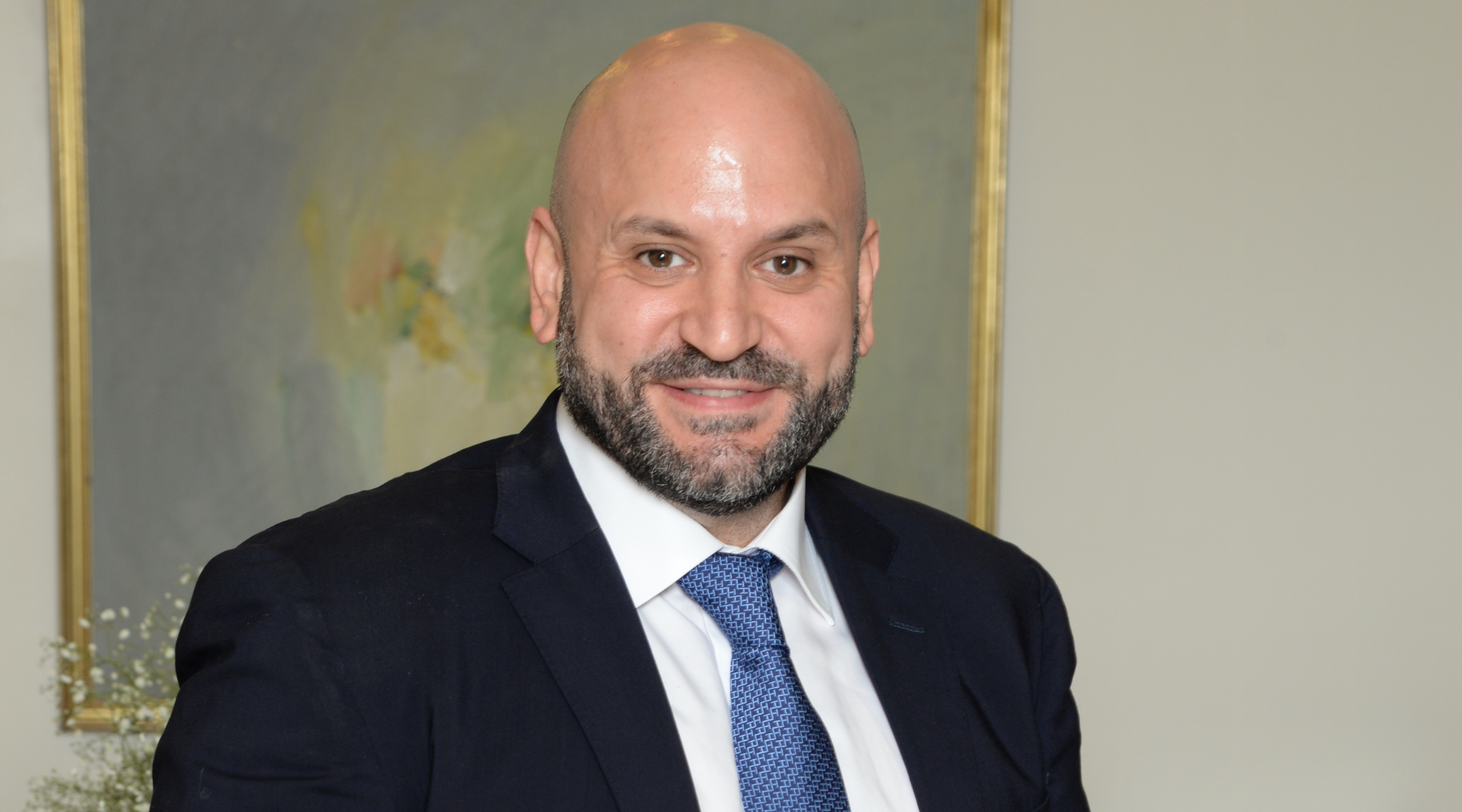The holy month of Ramadan is a time of change and reflection for Muslims around the world. As people's habits shift during this month, so does their content consumption, and brands have taken notice. In Saudi Arabia, Ramadan has traditionally been the only time when brands go all out with their advertising campaigns, hoping to capture consumers' attention and gain a share of their wallets. However, in recent years, mainly since the launch of Vision 2030 in 2016, the landscape of advertising during Ramadan has evolved, and the question arises: Is Ramadan still the 'Super Bowl' of Saudi advertising?
In the past, brands in Saudi Arabia used to launch elaborate advertising campaigns during Ramadan, often focusing on food products or releasing celebratory campaigns mostly in collaboration with telecommunication companies or financial institutions, or automotive companies. These campaigns were designed to capture the festive spirit of Ramadan and appeal to a broad audience. Consumers and industry insiders alike eagerly anticipated the launch of these campaigns, and brands spared no expense in pushing the boundaries of creativity and increasing their advertising budgets during this time.
However, things have changed in recent years. The economic and cultural landscape in Saudi Arabia has shifted, and brands no longer have the same budgets they used to. Additionally, Ramadan is no longer the only occasion for brands to be a part of. Today, there are events and occasions happening throughout the year (Saudi National Day, Saudi Flag Day, and Saudi Founding Day, to name a few), and brands are adopting a more calculated and strategic approach to their advertising investments, selecting the relevant occasions and audiences carefully.
As a result, some brands have chosen to scale back their advertising efforts during Ramadan, opting for more targeted and contextual communication that resonates better with specific audiences. Rather than going for mainstream campaigns, these brands are focusing on reaching niche segments of the population through targeted communication mostly focused on digital/social channels and maximizing engagement and effectiveness.
One key factor that has contributed to this shift in advertising during Ramadan is the changing demographics of Saudi Arabia. The country's population is young and diverse (more than 70% of the population is under the age of 30 years old), with different interests, preferences, and behaviors. This means that brands need to tailor their advertising messages to be more relevant and appealing to specific segments of the population. Rather than using a one-size-fits-all approach, brands are now focusing on creating campaigns that resonate with the unique needs and aspirations of their target audience.
Another factor that has influenced the changing landscape of advertising during Ramadan is the rise of digital and social media. In recent years, there has been a significant shift in how people consume content, with digital and social media platforms playing a central role in people's lives. This has led to a proliferation of content (short form versus long form) during Ramadan, with brands competing for attention in a crowded online space. As a result, brands are now focusing on creating digital-first campaigns that are optimized for social media platforms and can cut through the noise to reach their intended audience.
Additionally, brands are now more focused on measuring the impact and effectiveness of their advertising campaigns during Ramadan. With tighter budgets and increased competition, brands are looking for ways to maximize their return on investment (ROI) and ensure that their advertising efforts are delivering tangible results. This has led to a greater emphasis on data-driven marketing strategies, with brands leveraging data and analytics to inform their advertising decisions and optimize their campaigns for better performance.
Add to the above, creativity and messaging in Ramadan-targeted campaigns have also undergone significant changes in recent years. In the past, campaigns focused heavily on traditional imageries like lanterns and the moon, along with situations where families gathered for iftar. Key messages were centered around togetherness, good food, and of course, Vimto. However, in recent times, campaigns have shifted towards Ramadan’s uplifting themes (many times without even mentioning Ramadan) corporate social responsibility, happiness, helping others, and hope.
So, is Ramadan still the 'Super Bowl' of Saudi advertising? The answer is not a simple yes or no. While Ramadan continues to be an important time for brands to connect with consumers in Saudi Arabia, the landscape of advertising during this month has evolved. Brands are now adopting a more strategic and targeted approach, focusing on relevant occasions and audiences, tailoring their messages to resonate with specific segments of the population, and leveraging digital and social media platforms for maximum impact. With changing demographics, increased competition, and tighter budgets, brands are finding new ways to make their advertising efforts during Ramadan more effective and efficient. The era of extravagant and generic campaigns may be waning, but the importance of thoughtful and contextual advertising during Ramadan remains as crucial as ever. Brands that can adapt to this evolving landscape and create campaigns that are both relevant and engaging will be the ones that succeed in capturing consumers' attention and gaining a share of their wallets during this important time. The 'Super Bowl' of Saudi advertising may be changing, but the opportunities for brands to connect with consumers are still abundant, and those that can navigate this landscape successfully will continue to reap the rewards.





